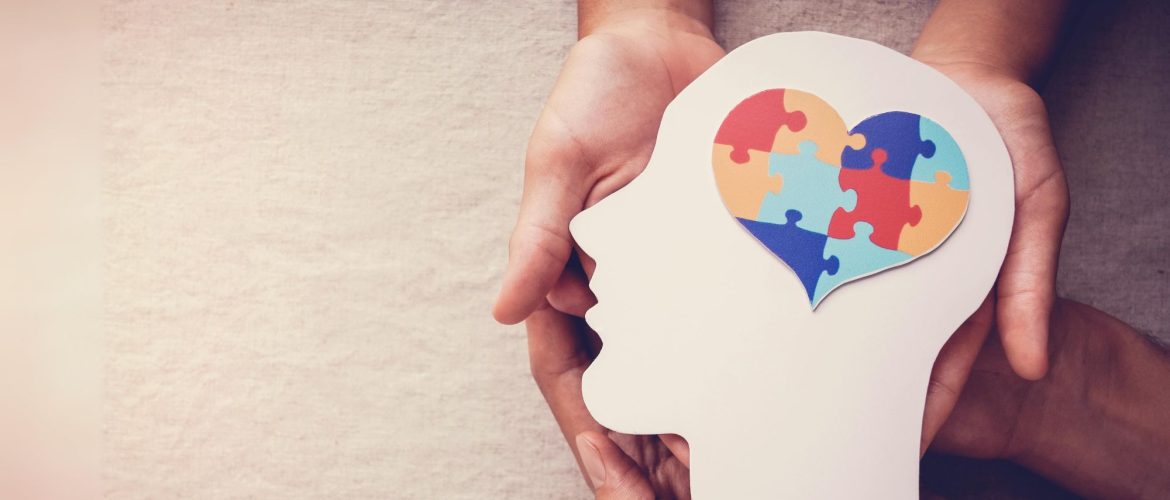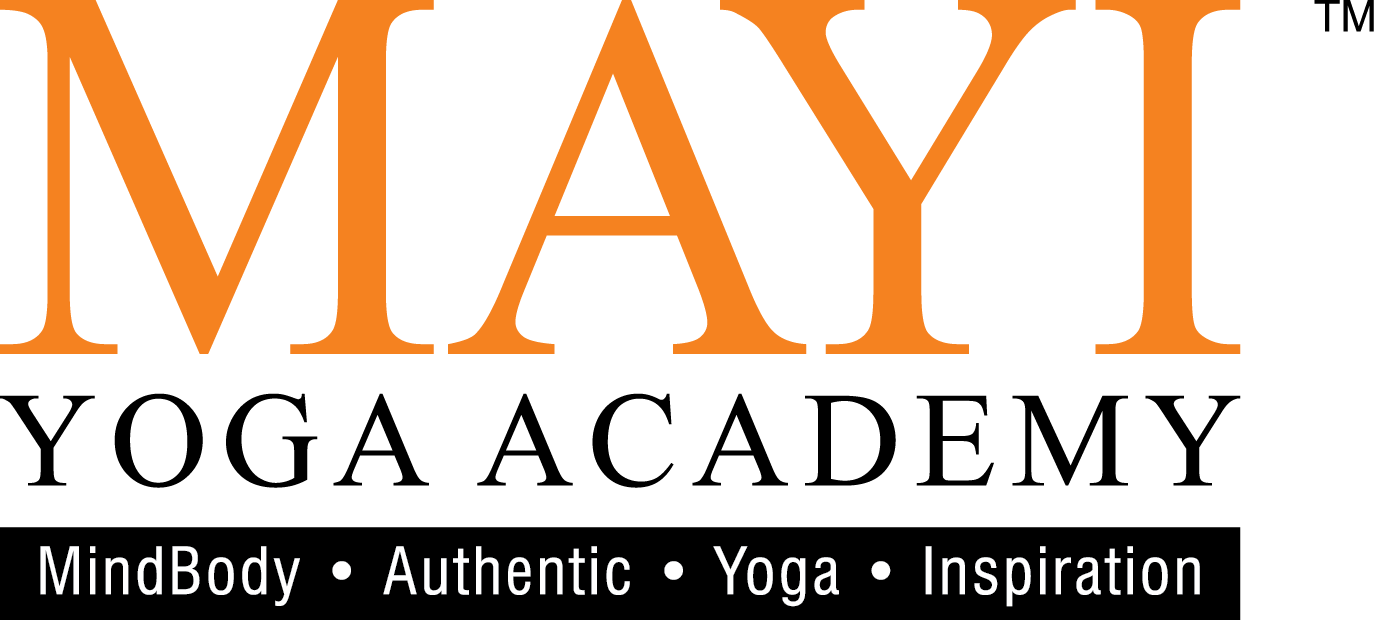Illusions and Realities of Life – Towards Greater Mental Health
- March 4, 2024
- Posted by: admin
- Category: Featured Content,

By Dr Chandra Nanthakumar
The Cambridge dictionary defines “illusion” or “maya” as “something that is not really what it seems to be” or “an idea or belief that is not true.” Nevertheless, the philosophy of yoga places emphasis on illusion as it ultimately hinders a person’s mental, physical, and emotional development. Illusion can be seen as the psychological filter that colours all of our experiences. It can take the form of memories, judgements, or even biases that present a distorted sense of reality. The reality is that illusion or maya not only reinforces the anava (ego) but also strengthens the upadana (attachment). If these traits persist indefinitely without any checks and balances, they will become major obstacles to mental, emotional, and spiritual development in individuals. Hence, people should aim to liberate themselves from these negative qualities.
The eighth limb of Patanjali’s classification of Ashtanga yoga is samadhi (liberation). To achieve that level, one has to work tirelessly towards dissolving the ego, which may seem a quite daunting task. Aversion to discomfort must be eradicated, and attachments to pleasures in life must also be eliminated. For the common person on the street, these may pose a challenge, especially when the world today is filled with multiple temptations. That being said, effort is needed to free ourselves from the illusions of the external world if we want to tread the path of spiritual, physical, and emotional enlightenment.
It is beyond doubt that the practice of yoga, an ancient holistic science of self-realisation and self-manifestation, offers one the prospect to work towards dissolving the maya. Yoga provides the practitioner with useful tools to consciously and mindfully “pierce the mask” of illusion. Patanjali’s classification of Ashtanga yoga comprises eight limbs – yama (universal ethics), niyama (individual ethics), asanas (postures), pranayama (expansion of life force), pratyahara (withdrawal of senses), dharana (contemplation of one’s true nature), dhyana (meditation), and samadhi (liberation). The truth is the practitioner has the option of incorporating some, if not all, of the limbs into their daily practice for the purpose of enhancing and/or healing their physical, mental, and emotional well-being (Stiles, 2013). While some may develop strong attachments to the external forms of the practice, for example, giving undue attention to the appearance of the body or postures, others dive deep in an attempt to connect with the inner silence, yearning to discover who they really are.
According to Nyer (2019), the first two limbs of Ashtanga yoga (i.e. yama and niyama) are therapeutic in nature. They are both codes of ethics that work at intrapersonal (yama) and interpersonal (niyama) levels. While yama embraces practices like ahimsa (non-violence), satya (non-stealing), asteya (non-lying), brahmacharya (non-excessiveness), and aparigraha (non-greediness), niyama embodies qualities such as saucha (cleanliness), santosha (happiness), tapas (sacrifice), swadhyaya (self-study), and Ishwara pranidana (surrendering to the almighty). These two limbs are usually embedded into the yoga session or everyday life informally. The practice of ahimsa can be demonstrated when one is performing a challenging asana; one needs to be mindful in not forcing themselves into the full pose. Once they are already in the pose, they are prompted to be cognizant of the feelings of ecstasy and a sense of euphoria that they are experiencing at the present moment; this is clearly an example of santosha. In the same way, all the other traits can be directly or indirectly demonstrated in our everyday life.
Breath consciousness is another important aspect in this real world. Here’s a quotation from Thich Nhat Hanh:
“Feelings come and go like clouds in a windy sky. Conscious breathing is my anchor.”
This goes to show that illusions may take us into the past or the future like those feelings that come and go, but our breath can never be in the past or future; our breath is in the present. It is NOW. Hence, if we want to conquer the anxiety of life, we have to live in the moment; we have to live in the breath.
According to Goraksasatakam (Kuvalayananda & Shukla, 2006):
“When the breath is unsteady, all is unsteady; when the breath is still; all is still. Control the breath carefully. Inhalation gives strength and a controlled body; retention gives steadiness of mind and longevity; exhalation purifies the body and spirit.”
 That being so, we need to consciously take time to simply pause and observe our breath. The practice of certain pranayama techniques like nadi shodhana enhances a change in brain activity while lowering oxidative stress. The truth is the mind can be controlled through the regulation of prana. Dharana and dhyana are two rudimentary but crucial limbs of yoga to assist us in breaking away from the web of delusion. While dharana helps us with the focus and awareness of an object, dhyana helps us penetrate deeper into holding an uninterrupted flow of consciousness. The reality is that in both these practices, accumulated stresses are emancipated, bringing about a state of well-being (Satchidananda, 2012; Sharma, 2015).
That being so, we need to consciously take time to simply pause and observe our breath. The practice of certain pranayama techniques like nadi shodhana enhances a change in brain activity while lowering oxidative stress. The truth is the mind can be controlled through the regulation of prana. Dharana and dhyana are two rudimentary but crucial limbs of yoga to assist us in breaking away from the web of delusion. While dharana helps us with the focus and awareness of an object, dhyana helps us penetrate deeper into holding an uninterrupted flow of consciousness. The reality is that in both these practices, accumulated stresses are emancipated, bringing about a state of well-being (Satchidananda, 2012; Sharma, 2015).
In short, the way we lead our lives entirely depends on ourselves. It will be a vicious cycle of pain and pleasure for as long as we continue to indulge in illusions. However, through regular practice of yoga, we will be able to transcend the worldly limitations and plunge into the universe of infinite wisdom.
References
- Kuvalayananda, S. & Shukla, S.A. (2006), Goraksasatakam, Kaivalyadhama, Lonavla: India.
- Nyer, M., O’Hair, C.M., Hopkins, L.B., Roberg, R.R., Norton, R. and Streeter, C. (2019). Yoga as a treatment for depression: Applications for mental health practitioners, Psychiatric Annals, 49 (1), 11-15.
- Satchiananda, S.S. (2012). The Yoga Sutras of Patanjali, Integral Yoga Publications, Virginia: US.
- Sharma, H. (2015). Meditation: Process and effects, AYU, 36(3), 233-7.
- Stiles, M. (2013). Structural Yoga Therapy: Adapting to the individual, Red Wheel/Weiser, LLC, San Francisco: CA.
